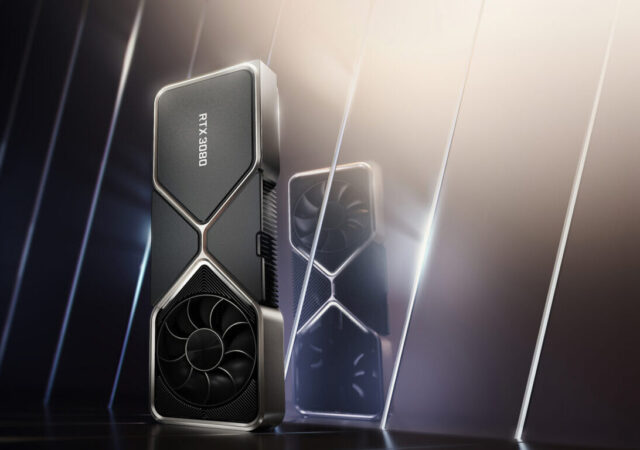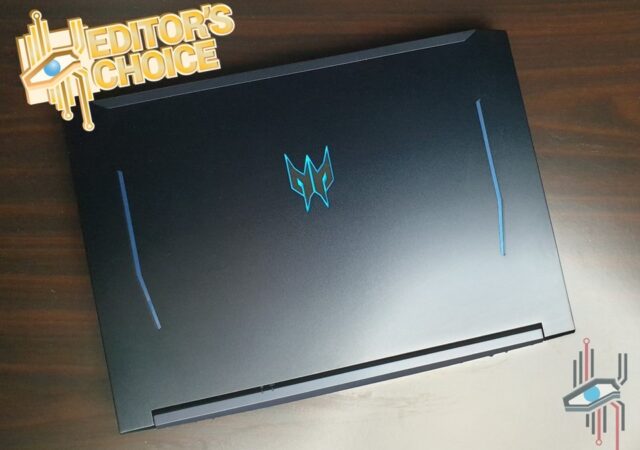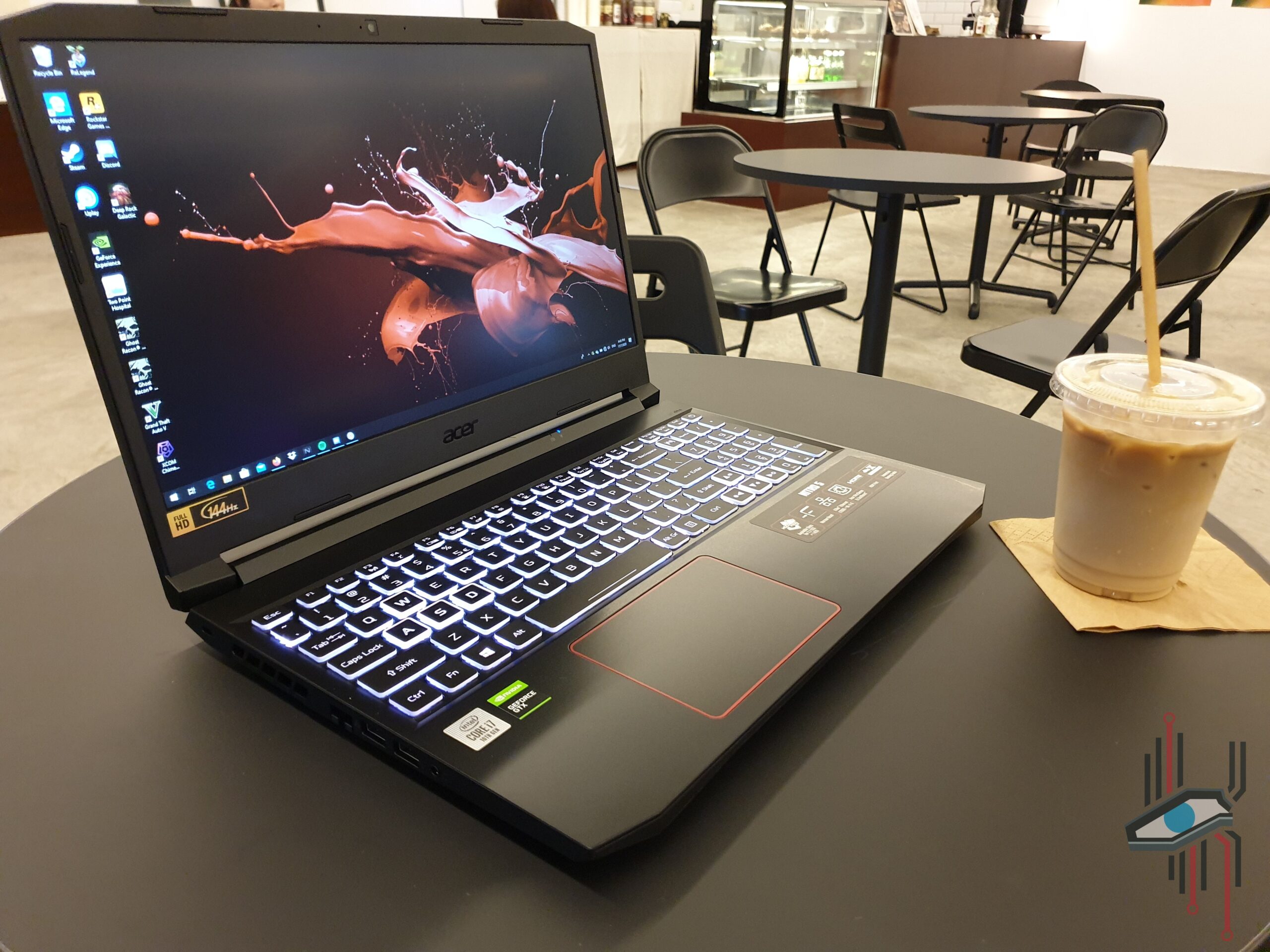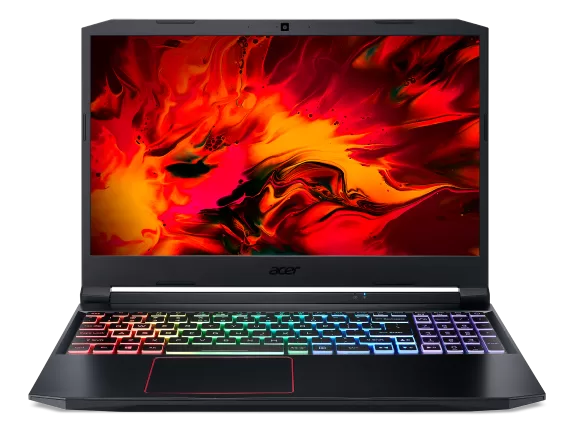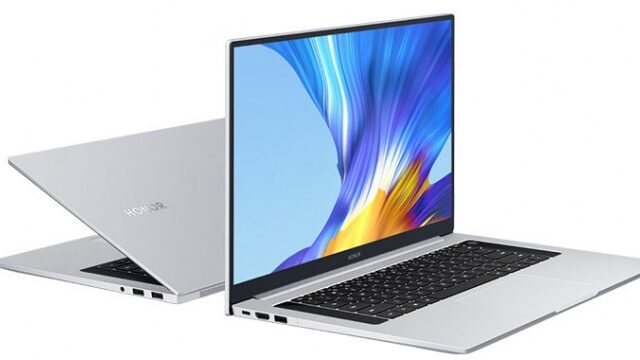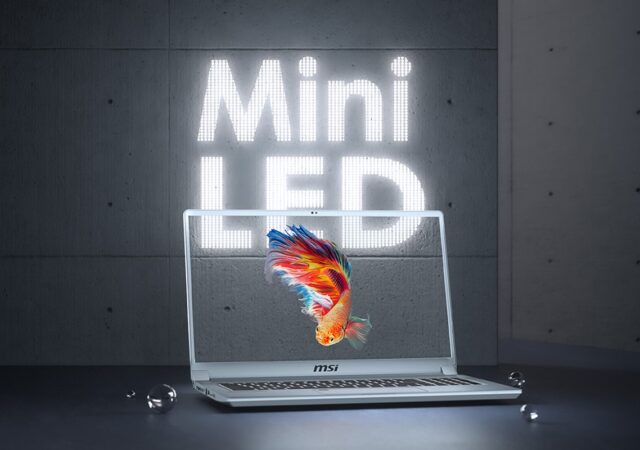NVIDIA just launched their new Ampere architecture on the GeForce RTX 30 Series GPUs. This is the new age of ultra-powerful GPUs.
The Acer Predator Helios 300 (2020) In-Depth Review – At MYR 5,199; Value Has a New Name
The Acer Predator Helios 300 with RTX 2060 is now here for MYR 5,199. Is it just the best value gaming in 2020? We recon, and we reviewed!
The Acer Nitro 5 (2020) In-Depth Review – Bangin’ for Bucks
Acer’s Nitro 5 for 2020 has some updates made to the internals that allows it to hold its place as one of the best valued gami
Acer Nitro 5 – Gaming on a String in 2020 for MYR 3,799
Acer launches the 2020 Acer Nitro 5 entry-level gaming notebook PC. The new improved Nitro 5 comes packing Intel’s 10th Generation Intel Core processors and NVIDIA’s GeForce GTX GPUs. All for a good price of MYR 3799.
Acer’s Brand-New Predator Triton 500 2020 – More Power, More Value at MYR 7,999
Acer has unleashed the new Predator Triton 500 packed with new Intel 10th Generation Core processors and NVIDIA’s GeForce RTX 2070 Super. Price starts at MYR 7,999.
HONOR Launches New MagicBook Pro with 10th Gen Intel and NVIDIA GeForce MX350
HONOR just launched their brand new 16-inch MagicBook Pro notebook PC with Intel’s latest processors and NVIDIA GeForce MX350 GPU.
The 2020 MSI Creator 17 With Mini LED – A World First
The MSI Creator 17 is the evolution of creator grade PCs with a super accurate Mini LED display with 10th Gen Intel Comet Lake and NVIDIA GeForce RTX SUPER.



